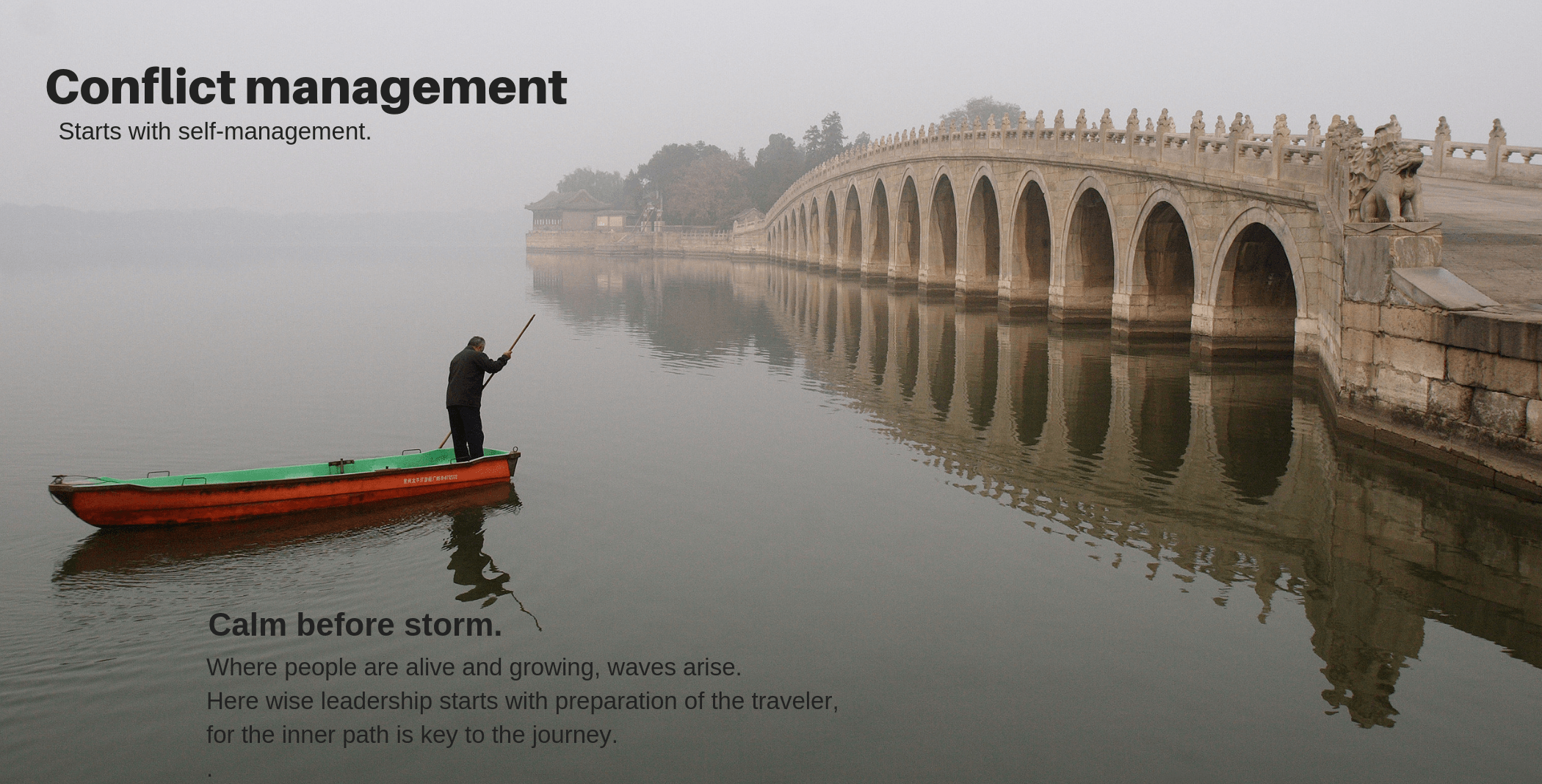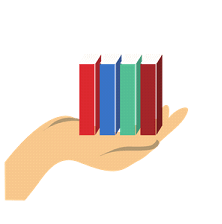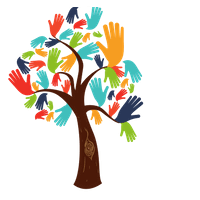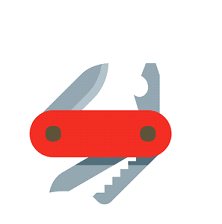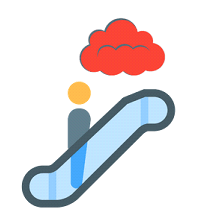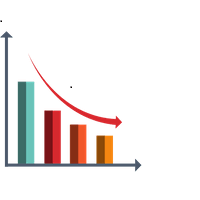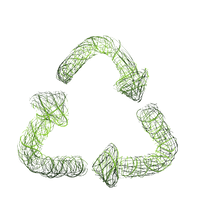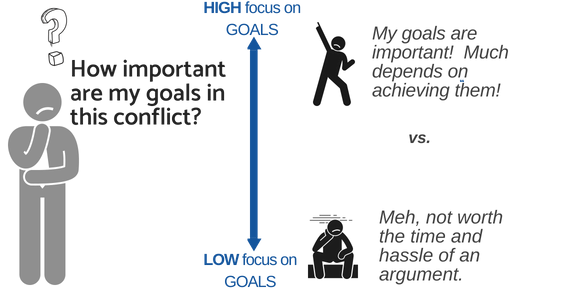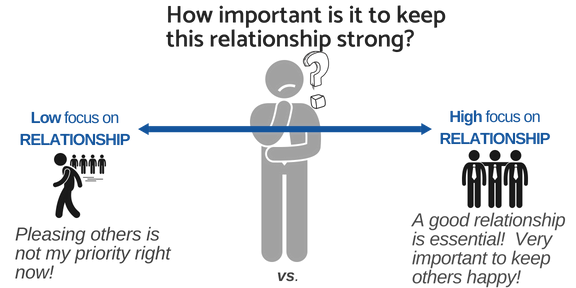Download free "Trainers Guide to Successful Conflict Styles" by Dr. Ron Kraybill.

More Teachable Moments in Less Time at Half the Cost
Style Matters is a low-cost alternative to the Thomas Kilmann with more features and greater user-friendliness.
- Designed for use with people of diverse cultural backgrounds.
- Scores for Calm and Storm conditions, reflecting up-to-date understandings of impact of stress.
- Online version with detailed 10 page score report $6.50-$7.95 per user. Paper version for $6.95-$9.95.
- Trainer Dashboard to manage users, track score reports and communicate.
Trainers say about Style Matters:
"It's a great success.... I've been using it for years with everyone from commodity traders to public works employees to teachers and police officers, and find it much more 'meaty' than Thomas-Kilmann or others."
Fran Sepler, President, Sepler & Associates
Minneapolis, MN
"...much more helpful than the Thomas-Kilmann instrument which I had used before and lacks distinction between anxious and non-anxious settings."
Jonathon Eilert, Lead Pastor, Prince of Peace Lutheran Church
Loveland, Ohio
"This has been a great instrument for the groups we have trained, especially with cross-cultural teams."
Larry Gay, Leadership Consultant and Coach
"We were previously using the Thomas-Kilman and have received a lot of positive feedback since the switch."
Michael E. Rhodes, LCSW, CPHQ, Director of Quality Improvement
Preferred Behavioral Health of NJ, Brick, NJ
"As an HR consultant team we found your inventory tool and trainer's guide to be very effective. Thanks for developing such a great tool."
Naomi Shivelly, Shivelly L.L.C., Canton, GA
"We are extremely pleased and plan to use the tool whenever we train this particular workshop. We are also considering use in leadership and customer service training."
James Reynolds, Organizational Development and Training
Department of Consumer and Business Services, State of Oregon
"I use Style Matters in my basic mediation classes and in seminars for experienced conflict resolution professionals. Every time I use the inventory, participants become thoroughly engaged. In evaluations, they frequently write that they will use the information learned through the inventory."
Walter Wright, Associate Professor
Legal Studies Program, Department of Political Science
Texas State University, San Marcos, TX



 Need assistance? Email center@riverhouseepress.com with a copy of the login instructions you received and a brief description of what is happening. We'll reply in one business day-usually less.
Need assistance? Email center@riverhouseepress.com with a copy of the login instructions you received and a brief description of what is happening. We'll reply in one business day-usually less. 